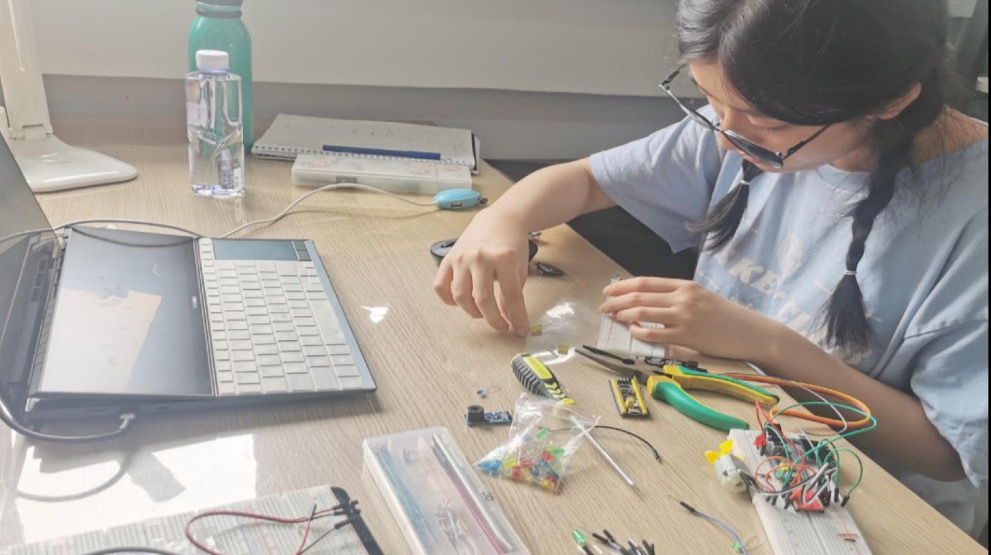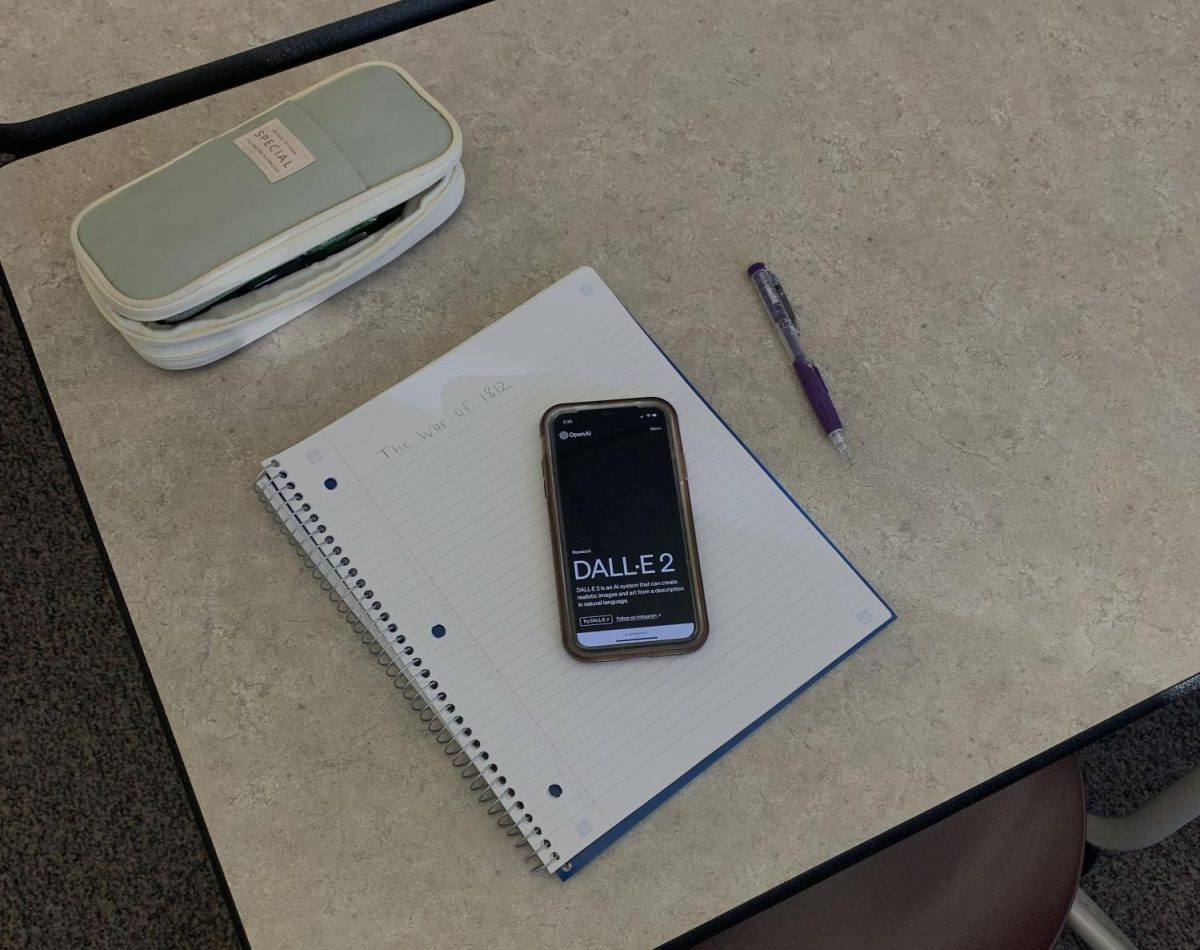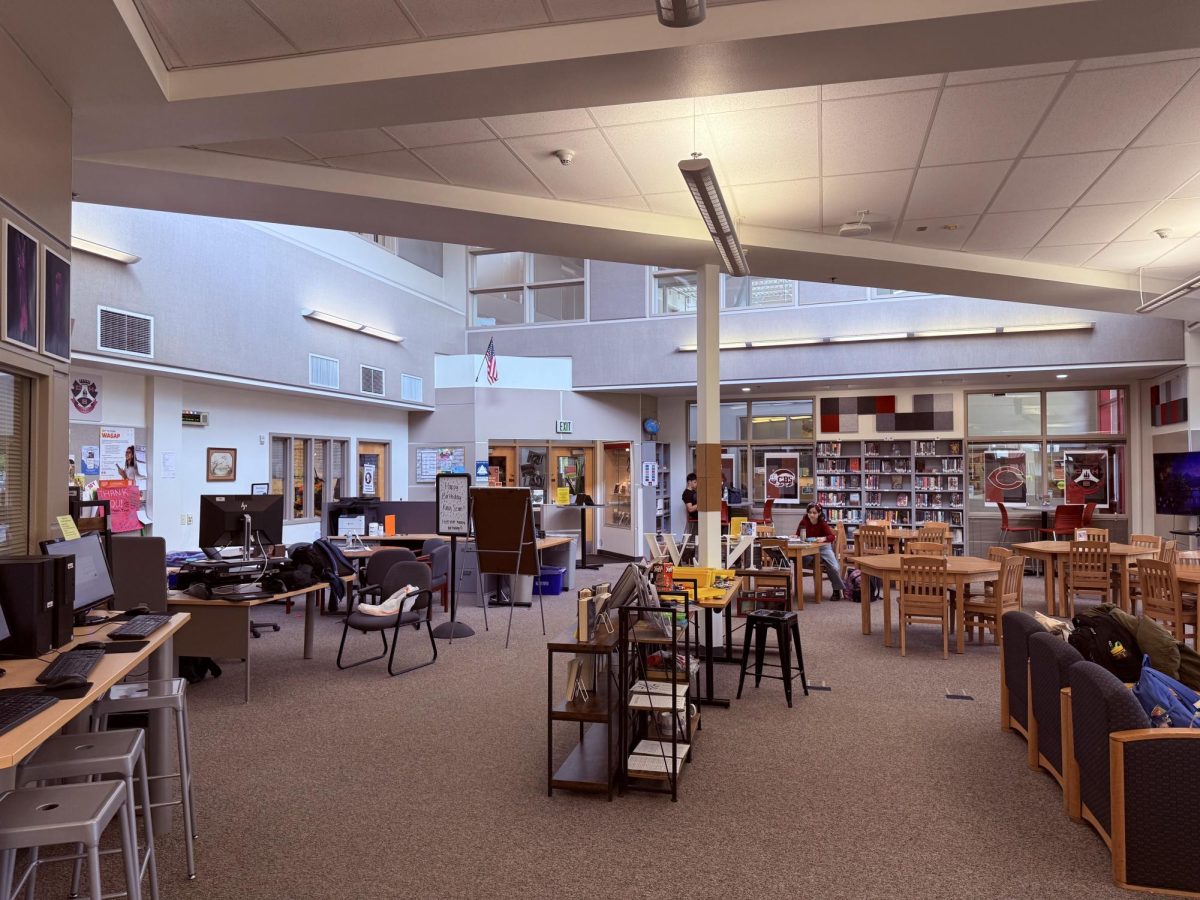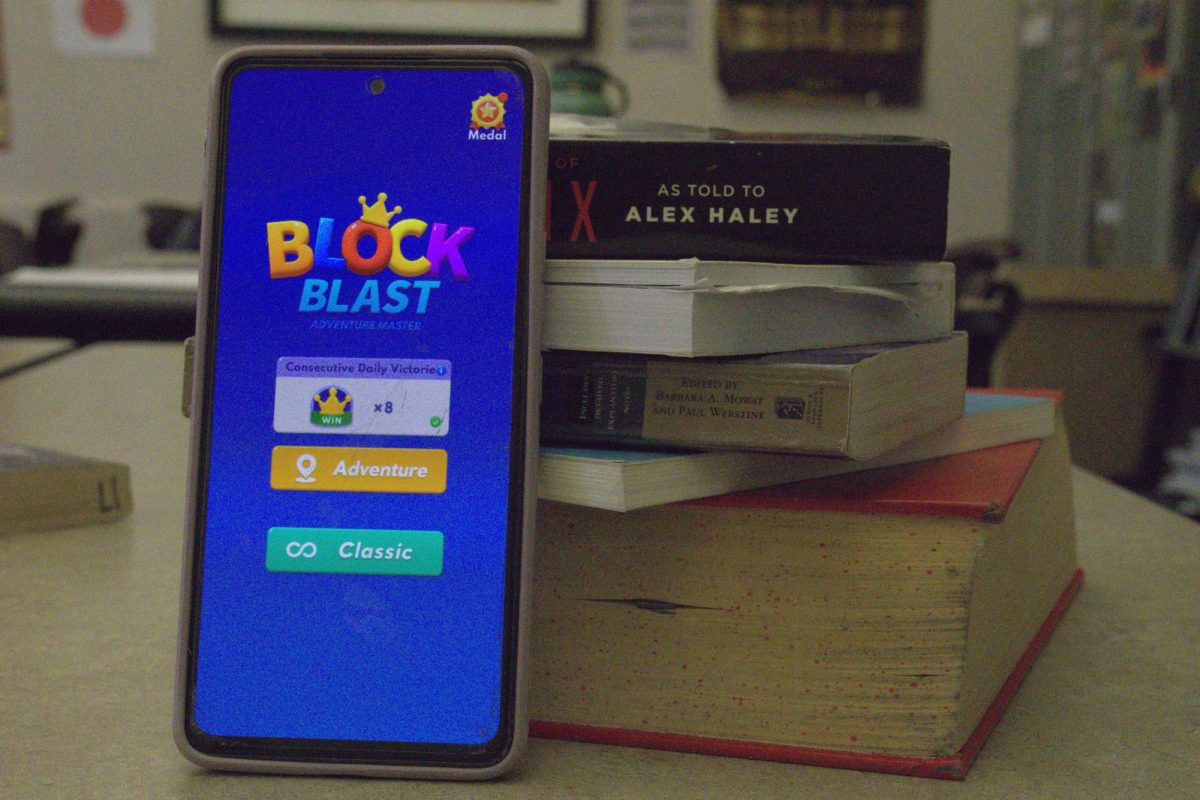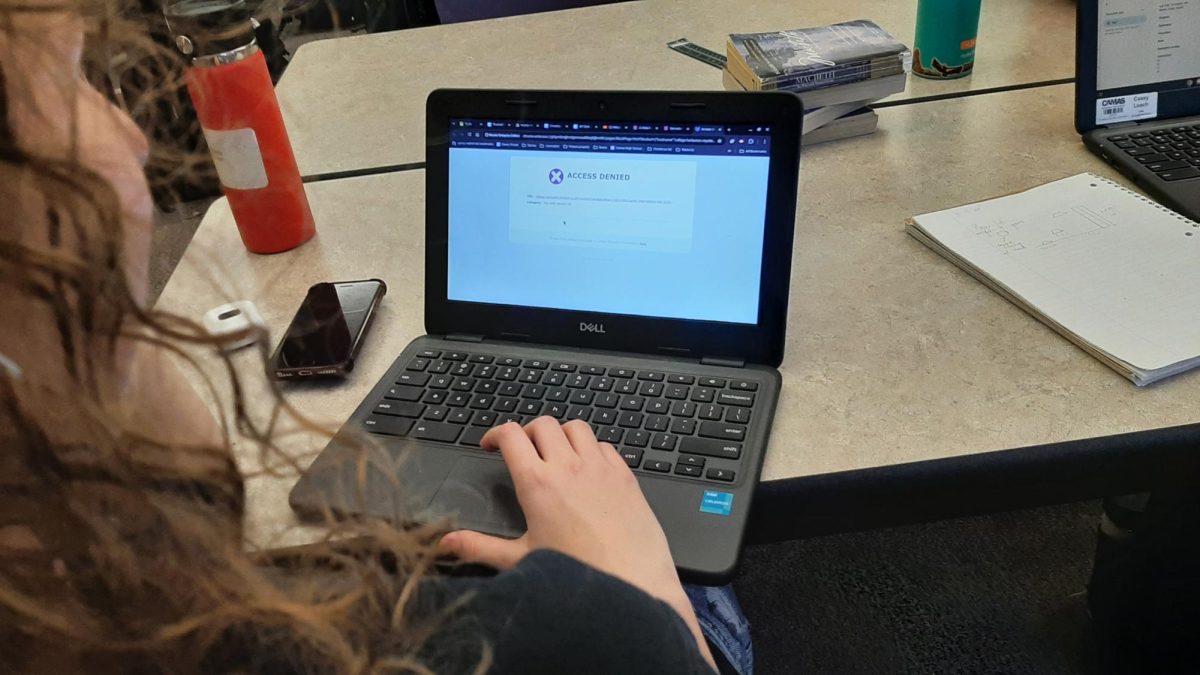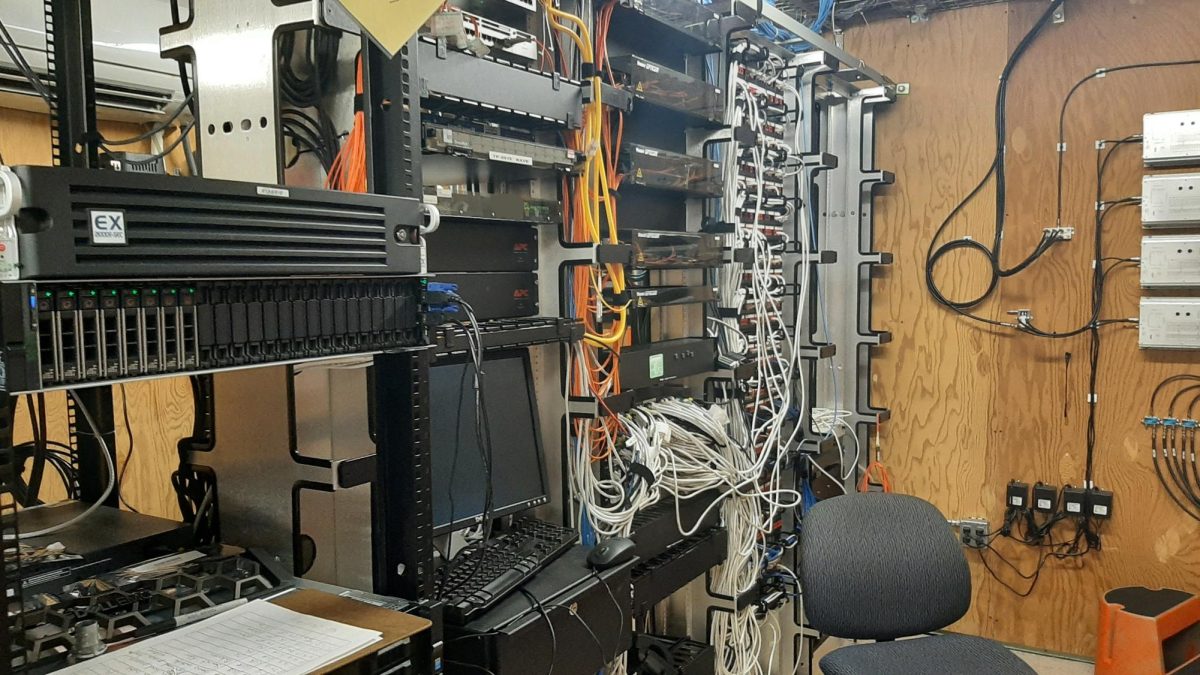Over the last few years, general public access to artificial intelligence (AI) has catalyzed the output and minimized the input in various fields of interest. Subsequently, it has raised concern in many of these areas, particularly education, as it is commonly viewed as a vacuum of creativity and a replacement for intuitive thinking, even in its developmental stages. In some cases, however, people recognize that AI can be a powerful tool to pique creative interest while minimizing the time spent dwelling in the areas that kill it.
In short, AI is designed to receive a question, prompt or general topic and generate a product statistically likely to fulfill the user’s request, which the AI understands based on written language and gathered data.
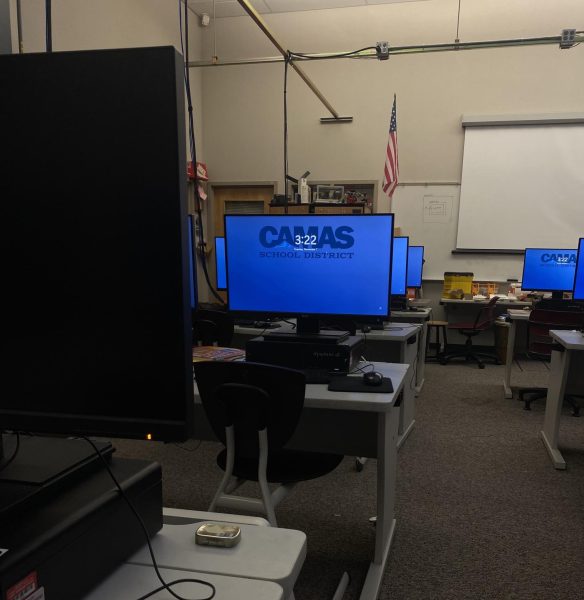
AI has been developed broadly, though there are many programs for specific fields of interest, one being writing, a field in which a user can have an AI answer a simple question or write an essay in a matter of seconds.
Like many authorities, teachers have become wearily familiar with the integration of AI in their field of expertise. Teachers at Camas High School (CHS) are no exception, and the students of CHS are far from exempt from using AI, regardless of how they may. A common practice among students using AI is to share with it the prompts and details of their respective assignments and submit the product after minimal revision.
“I passed my class [thanks to AI], and otherwise would have failed it and had to repeat the whole class,” one anonymous CHS student said. Consequently, the student stated that they did not intend to stop using AI to circumvent the difficulties of other various classes.
“Using AI probably got me a better grade than I was going to get using my brain,” another anonymous student said. They questioned, “[if] we have AI at our fingertips, why not use it?”
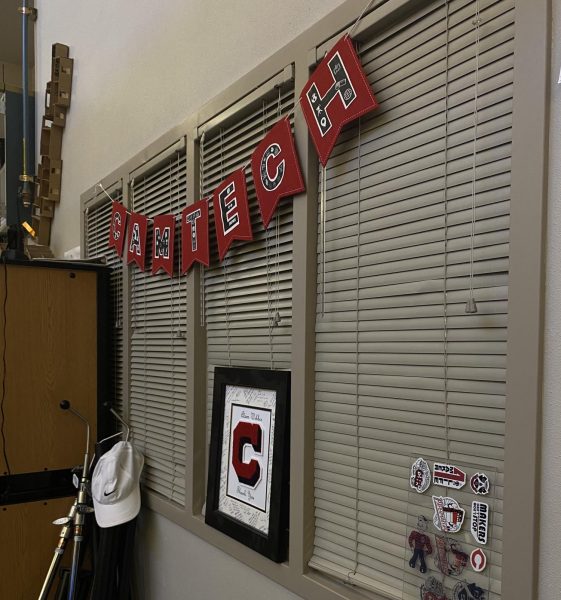
Adam Webber, a former English teacher and current CHS computer-aided design teacher, recalled seeing a student last year using AI to generate a website to shortcut the setup process, allowing more time to be spent on actual creative design.
“[The student used AI] right when it blew up … it was really cool,” Webber said when describing his initial reaction. “Previously, all the tedious and boring stuff you had to do [took a long time to set up] to get to the point where you were doing the more interesting and artistic stuff.”
Since then, Webber has seen it utilized all over the place and has taught 101 to CHS teachers to help them understand the use of AI and how to deal with it in a classroom setting. He explained that some teachers have interpreted this as a reason to return to a pencil-and-paper approach to teaching, but he sees it as a reason to do just the opposite.
Whether seen as a shortcut to further learning or a detriment to individual thought, AI is quickly gaining traction in all educational settings, with no signs of stopping.












